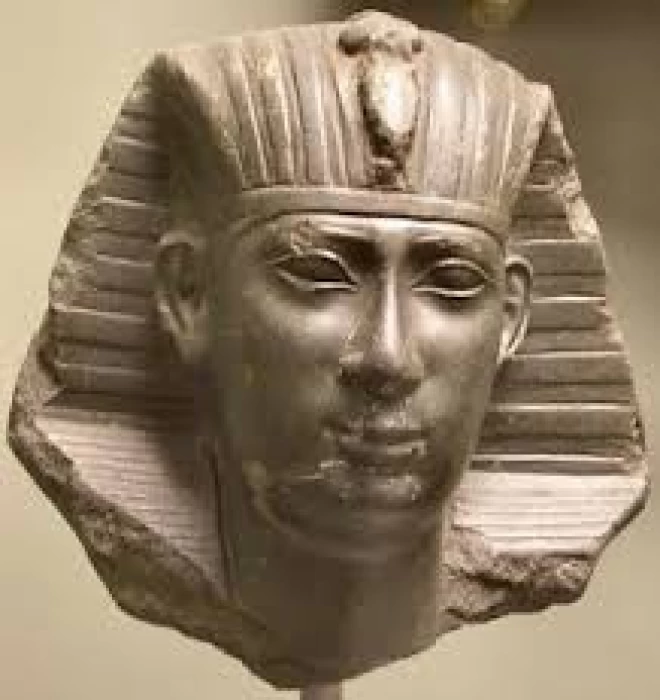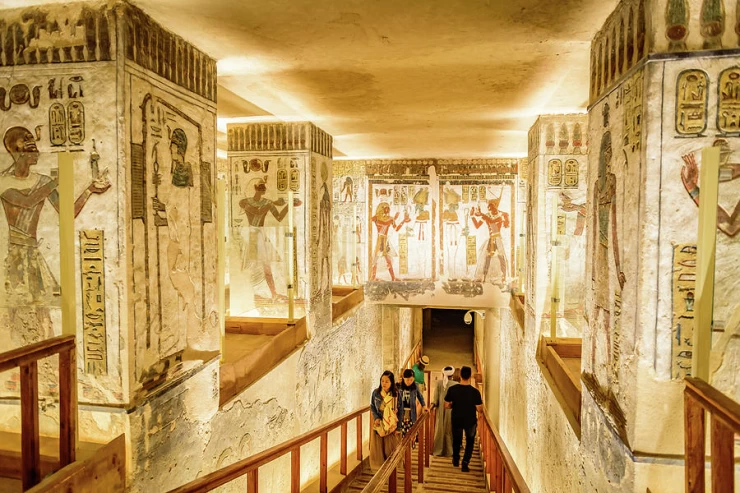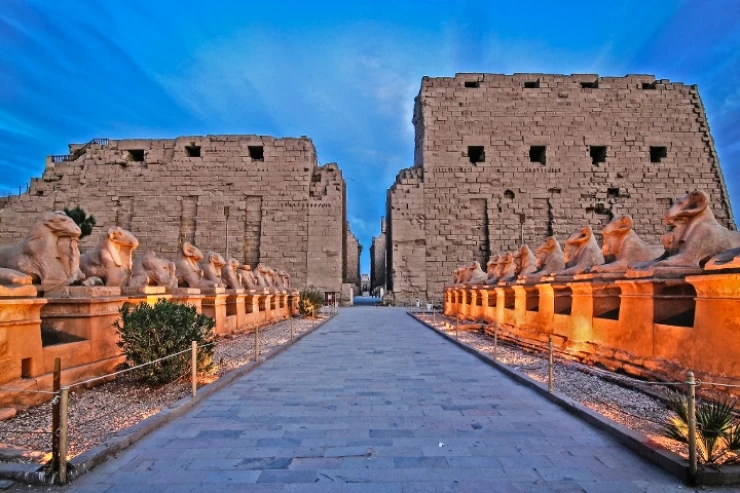
The 26th Dynasty in Ancient Egypt
Information about Egypt's 26th Dynasty
In the era of this dynasty, the Egyptians were able to expel the kings of Nubia and seized the reins of affairs with the help of the Greeks, and Bismatik I founded the 26th dynasty, during which trade with the Greeks revived, and at the end of the rule of this dynasty, Egypt fell into the hands of Qubbiz, king of the Persians in 252 B.C. The rulers of this dynasty are: Bismatik I (Wah Ip Re), Naka II (Ham Ip Re), Bismatik II (Nefer Ip Re), Wah Ip Re (Hah Ip Re), Ahmose Sanet (Khnum Ip Re), Bismatik III (Ni Ankh Ka Ra).
According to the Encyclopedia of Ancient Egypt by Egyptian archaeologist Dr Salim Hassan, the dynasty that begins with King Bismetik I, son of King Nikau, and ends with King Bismetik III is one of the families whose history is generally satisfactorily known. This dynasty contains six kings who all ruled for about thirty-nine and one hundred years. Its reign began in the year sixty-four hundred and sixty and ended in the year twenty-five hundred BC (664-525 BC).
The beginning of the reign of Bismetik I marked the beginning of a new era in the history of Egypt, and the beginning of the rule of a new dynasty without dispute.
The first obstacle we encounter in the life of ‘Bismetik’ is: Why was he considered the founder of a new dynasty, the Twenty-sixth Dynasty, even though he came from a line of successive kings of the Twenty-fourth Dynasty? He ushered in a new period in Egypt's history. During his reign, the country became independent, after being under the yoke of Assyrian rule.
We have an analogue in the history of the Eighteenth Dynasty, which was initiated by Ahmose I. He was a brother of King Kames, the last king of the Seventeenth Dynasty However, he was considered the founder of a new dynasty. Indeed, this monarch founded a new dynasty in the history of Egypt, as he took it on the path of independence until it reached its destination, and then began to establish a new empire on the ruins of the Hyksos state that he defeated, and here we see ‘Bismetik’ playing the same role.
He freed Egypt from the Assyrian and Kushite yoke and promoted a renaissance that was proverbial in the history of Egypt and the East in general. He freed the country from the brutal rule of the Assyrians, then marched Kanana towards glory, restoring some of its old greatness, reviving its arts and recovering many of its possessions outside its borders.
















